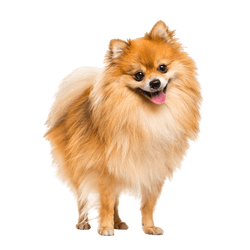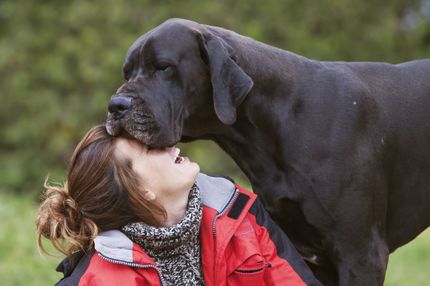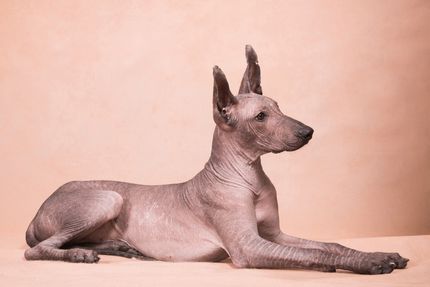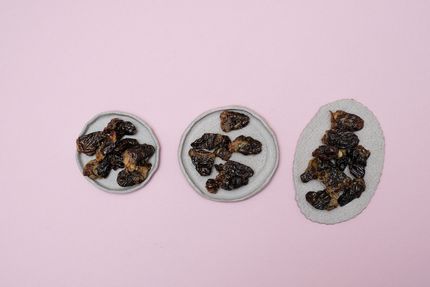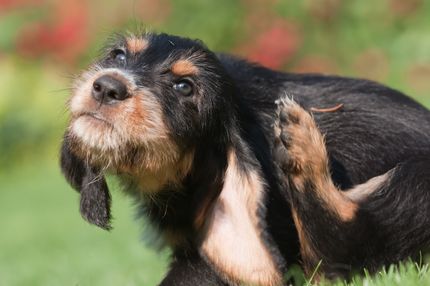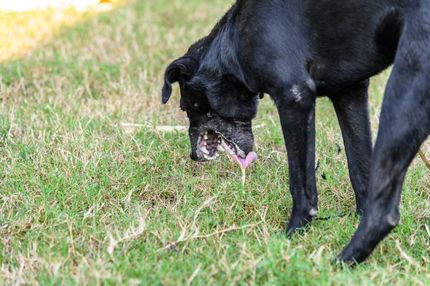Facts & Origin
Maltese and Pomeranian Mix - a hybrid breed
This is a mix of Maltese and Pomeranian. The Maltese is a small, pure white dog with long, silky hair. The Pomeranian is a small, pointy dog with a thick coat. These two breeds were mixed to create a small, fluffy dog with a friendly disposition.
What are breed characteristics of this mix dog?
The Maltese-Pomeranian mix breed has a small, compact body. Its coat is often white and dense, and it sometimes has a long, fluffy tail. It weighs 2-4 kg and its height is 20-30 cm.



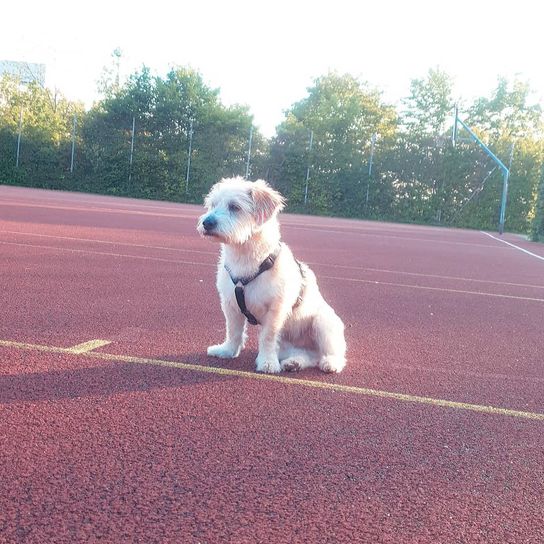
| Alternate Name | - |
| Origin | Malta - Germany |
| Life expectancy | 12 - 16 years |
| Care requirements | high-maintenance |
| Activity level | low |
| FCI group | not recognised |
| AKC group | not recognised |
| KC group | not recognised |
More Maltese mixes
More Pomeranian mixes
Attitude, character and temperament of the breed
Possible character traits of Maltese and Pomeranian mix - Such is probably his nature.
Maltese and Pomeranian mixes are small, loving dogs that make excellent companions. They are also very intelligent and teachable, which makes them ideal pets for families with children. They typically weigh between 2 and 4kg and have a life expectancy of 12 to 15 years.
Maltese and Pomeranian are both known for being friendly and outgoing, but mixed breeds can sometimes inherit the more aggressive tendencies of the Pomeranian. However, with proper socialization and training, Maltese and Pomeranian mixes make excellent family dogs. They are loyal and protective of their loved ones and also make good watchdogs.
Maltese and Pomeranian mixes are relatively low maintenance, but will need regular brushing and occasional grooming. They are also relatively active dogs and need daily exercise in the form of walks, runs or playtime.
If you're looking for a small, loving companion that will provide the family with many years of enjoyment, consider adopting a Maltese-Pomeranian mix!
Character
Usage
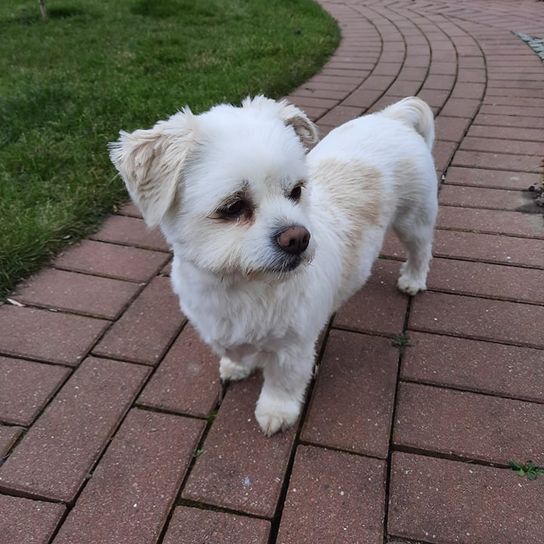

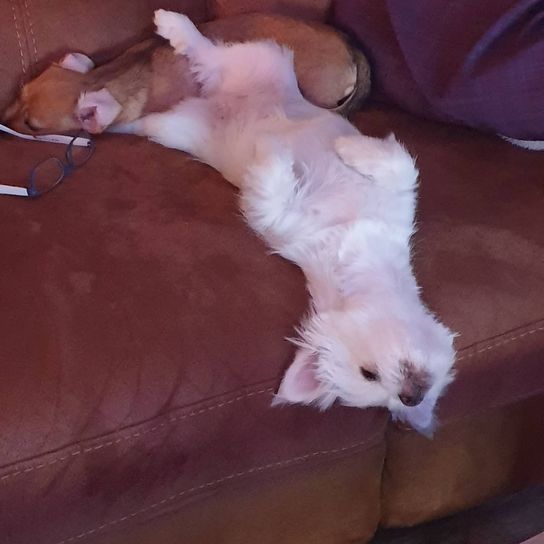
What diseases can occur in Maltese and Pomeranian mix.
The Maltese-Pomeranian mix breed is a small and relatively new cross between two very popular companion dogs. The Maltese is known for its gentle and loving nature, while the Pomeranian is known for its liveliness and playfulness.
This mix combines the best of both worlds and is suitable for families with children and other pets. However, like all crosses, the Maltese-Pomeranian mix is not free of health problems.
The most common health problems seen in Maltese-Pomeranian mixes are patellar luxation, eye conditions such as cataracts and glaucoma, and dental problems such as crowding and misaligned teeth.
- Patellar luxation is a condition where the knee joint slips out of position. This can be painful and may require surgery.
- Eye disorders are relatively common in both Maltese and Pomeranians, so it is not surprising that they are also found in Maltese-Pomeranian mixes. Cataracts and glaucoma are the most common problems, but fortunately both can be treated with surgery.
- Dental problems are also common in Maltese-Pomeranian mixes. Tartar and misaligned teeth are the most common problems, but fortunately these can usually be corrected with regular dental cleanings and treatments.
Overall, the Maltese-Pomeranian mix is a healthy and hardy breed. However, like all dogs, they are prone to some health problems. Fortunately, most of these problems can be easily treated with proper veterinary care.

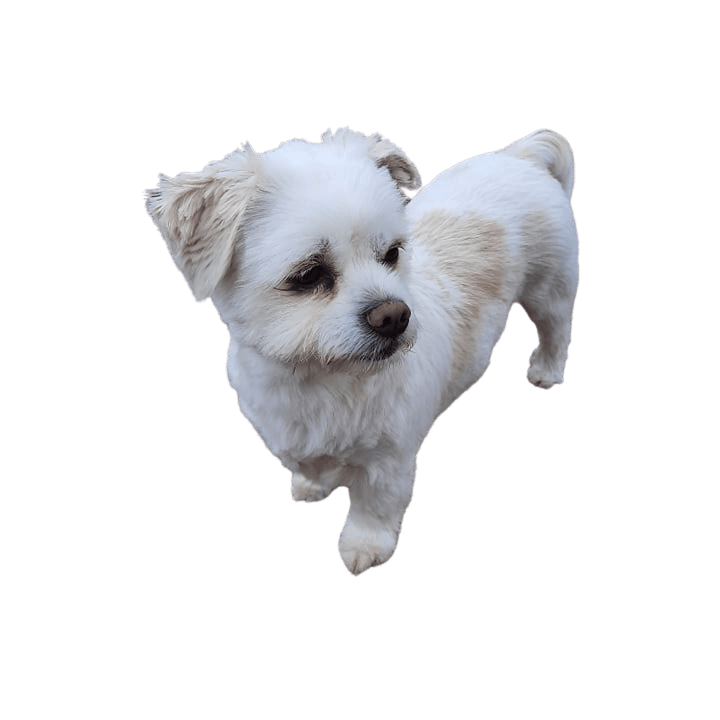
What does this mixed breed look like?
This puppy has a beautiful, soft coat that is predominantly white with some tan or tan markings. The coat is dense and slightly wavy and needs to be brushed regularly to prevent matting. The Maltese-Pomeranian mix is a small to medium sized dog, usually weighing between 2 to 4 kg.
| Fur length | long |
| Fur | flat coated |
| Ear shape | Triangle - Standing Ears |
| Tail | fanned out - rolled up |
| Anatomy | dainty, slim, dainty |
| Size ♀ | 12 - 23 cm |
| Weight ♀ | 2 - 4 kg |
| Size ♂ | 17 - 25 cm |
| Weight ♂ | 2 - 5 kg |
| Suitable For | Beginner, Seniors, Seniors |



Known Diseases
Patellar problems
Problems with the Patellar can be a displacement or weak kneecap, which is one of the most common causes of lameness in dogs, also because of overweight.
Eye diseases
Often occur with allergies and intolerances.
Skin inflammations
Can be hereditary in certain breeds.
Heart disease
Can occur frequently in dogs and can sometimes be treated with medication.
Hip dysplasia (HD)
Hip dysplasia (HD) is a genetic condition in dogs where the hip joint is not shaped properly. This leads to pain, stiffness and restricted movement.
Elbow dysplasia (ED)
Elbow joint dysplasia is a chronic disease complex of the elbow joint of fast growing dog breeds.
Numbness
Often occurs in old age.
Eye infections
Chronic eye infections can be very painful in dogs and can be treated with medication. In rare cases, the cornea must be treated.
Patellar luxation
Patellar luxation is the term used to describe a displacement of the kneecap, which is one of the most common causes of lameness in dogs.
FAQ
-
A Maltese-Pomeranian mix, also known as a Maltipom, is a hybrid or designer dog breed created by crossing a Maltese and a Pomeranian. This relatively new breed has quickly become popular with dog lovers due to its small size, affectionate nature and hypoallergenic coat.
-
Maltese make great pets for families with children and other pets, and are also great for city living or small apartments. They are lap dogs that love to be near their humans and follow them around the house. Maltipoms are also very intelligent and easy to train.
-
The life expectancy of a maltipomer is 12 to 15 years.
-
Maltese usually weigh between 2 to 4 kg and are 20-40cm tall at the shoulders.
-
Maltese have a hypoallergenic coat that sheds very little, if any, hair. However, they need regular grooming to keep their coat looking its best.


